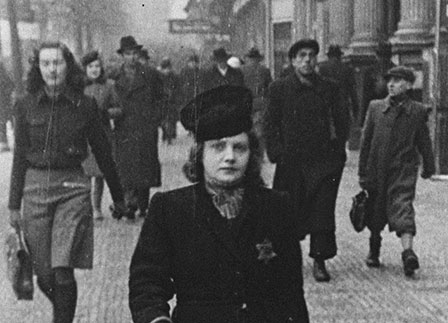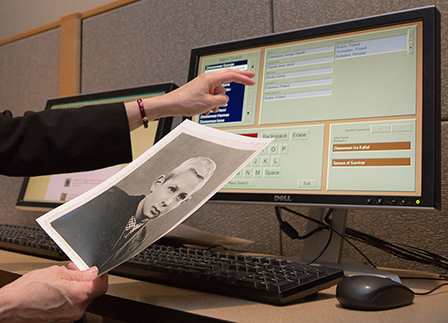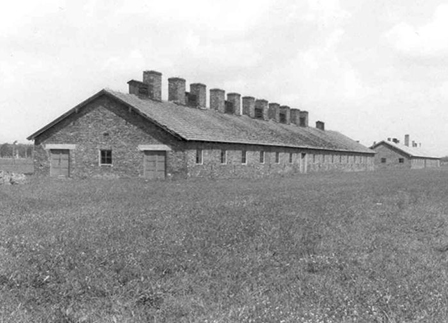Overview
- Caption
- Passengers having coffee on the deck of the MS St. Louis.
From a photo album belonging to St. Louis passenger Moritz Schoenberger. - Date
-
1939 May 13 - 1939 June 17
- Locale
- [Atlantic Ocean]
- Photo Credit
- United States Holocaust Memorial Museum, courtesy of Julie Klein
- Event History
- The St. Louis was a German luxury liner carrying more than 930 Jewish refugees from Nazi Germany to Cuba in May 1939. When the ship set sail from Hamburg on May 13, 1939, all of its refugee passengers bore legitimate landing certificates for Cuba. However, during the two-week period that the ship was en route to Havana, the landing certificates granted by the Cuban director general of immigration in lieu of regular visas, were invalidated by the pro-fascist Cuban government. When the St. Louis reached Havana on May 27 all but 28 of the Jewish refugees were denied entry. The American Jewish Joint Distribution Committee (JDC) dispatched Lawrence Berenson to Cuba to negotiate with local officials but Cuban president Federico Laredo Bru insisted that the ship leave Havana harbor. The refugees were likewise refused entry into the United States. Thus on June 6 the ship was forced to return to Europe. While en route to Antwerp several European countries were cajoled into taking in the refugees (287 to Great Britain; 214 to Belgium; 224 to France; 181 to the Netherlands). Only those who were accepted by Great Britain found relative safety. The others were soon to be subject once again to Nazi rule with the German invasion of western Europe in the spring of 1940. A fortunate few succeeded in emigrating before this became impossible. In the end, many of the St. Louis passengers who found temporary refuge in Belgium, France and the Netherlands died at the hands of the Nazis, but the majority survived the war.
Rights & Restrictions
- Photo Source
-
United States Holocaust Memorial Museum
Copyright: United States Holocaust Memorial MuseumProvenance: Julie KleinSource Record ID: Collections: 1988.108.47
Keywords & Subjects
Administrative Notes
- Biography
- Moritz Schoenberger, the donor's grandfather, was born in Sarvar, Hungary on October 30, 1887. In his youth he moved to Vienna, where he became a commercial artist and vendor of window decorations. Moritz married Helene Rosenthal of Frankfurt am Main and had one child, Bianka. In March 1939, one year after the annexation of Austria, Helen and Bianka left Vienna for the United States aboard the SS Hansa. Moritz planned to follow them a short time later and booked passage on the MS St. Louis. At the conclusion of the ill-fated voyage, Moritz disembarked in Belgium. From there, he made his way to France, where he was later arrested and interned in a series of camps, including Gurs, Les Milles and St. Cyprien. In the meantime, from her new home in the U.S., Moritz' wife, Helene, petitioned American authorities to secure immigration papers for him. The U.S. State Department finally approved his visa in November 1941. However, it took another eleven months before Moritz could acquire an exit visa from the Vichy government and leave the country. From Marseilles he made his way to Lisbon, where he sailed for the United States.
- Record last modified:
- 2017-05-10 00:00:00
- This page:
- http://collections.ushmm.org/search/catalog/pa11622



